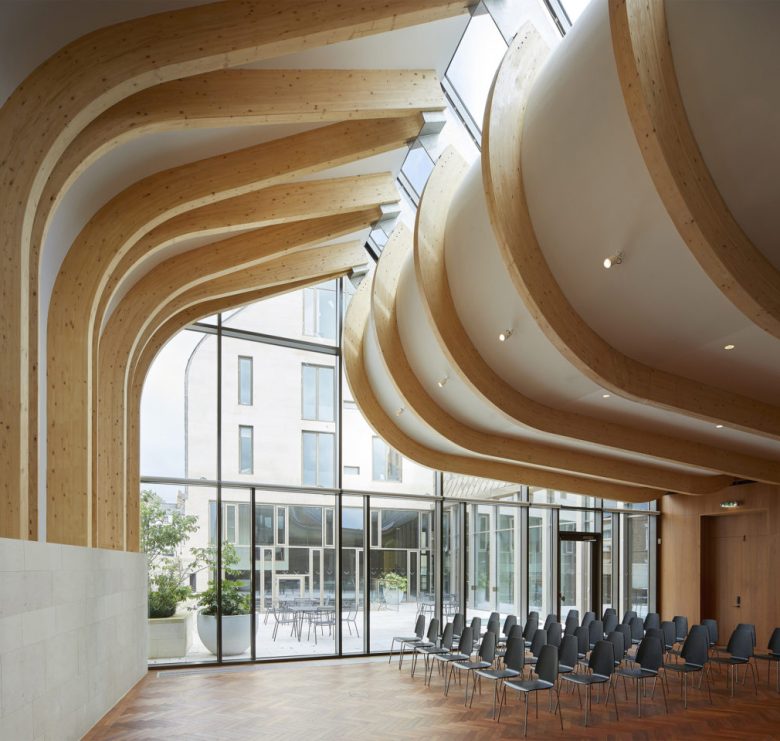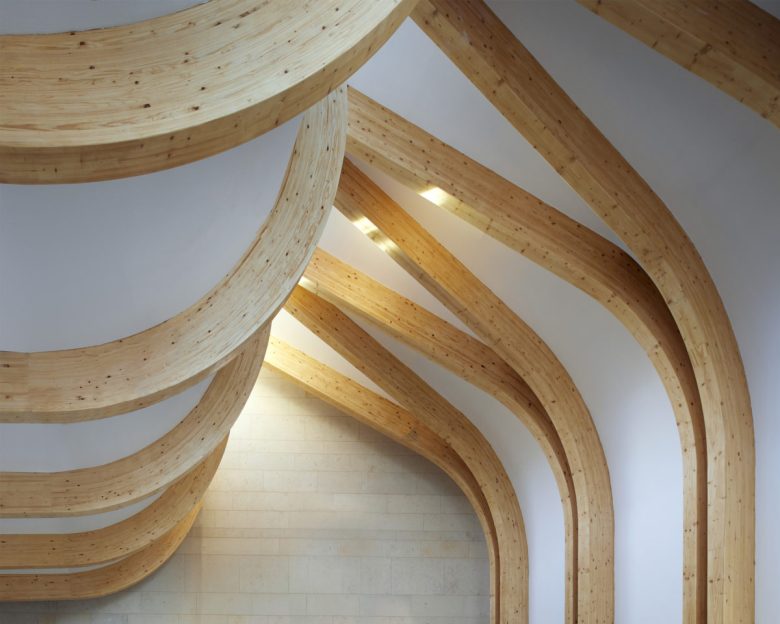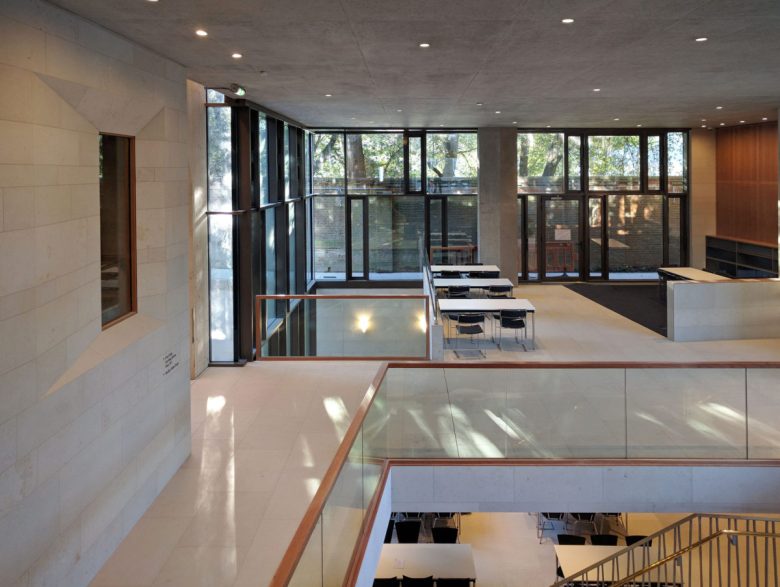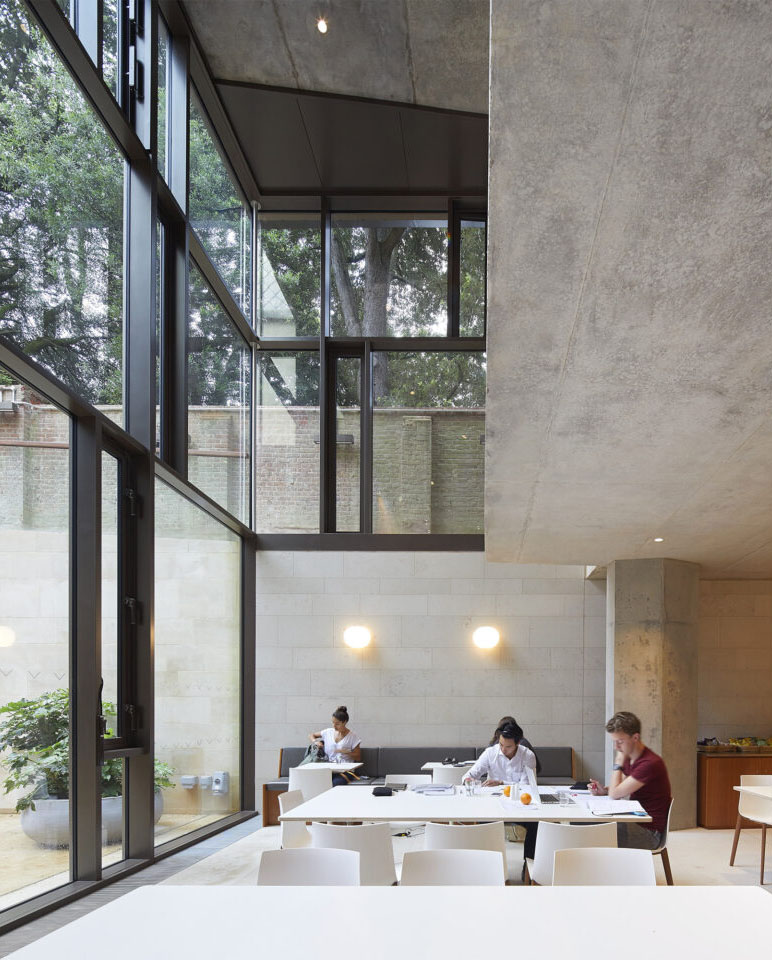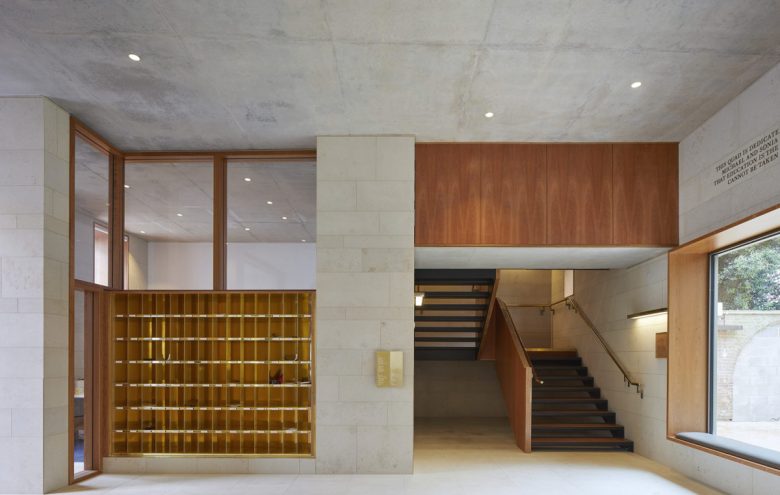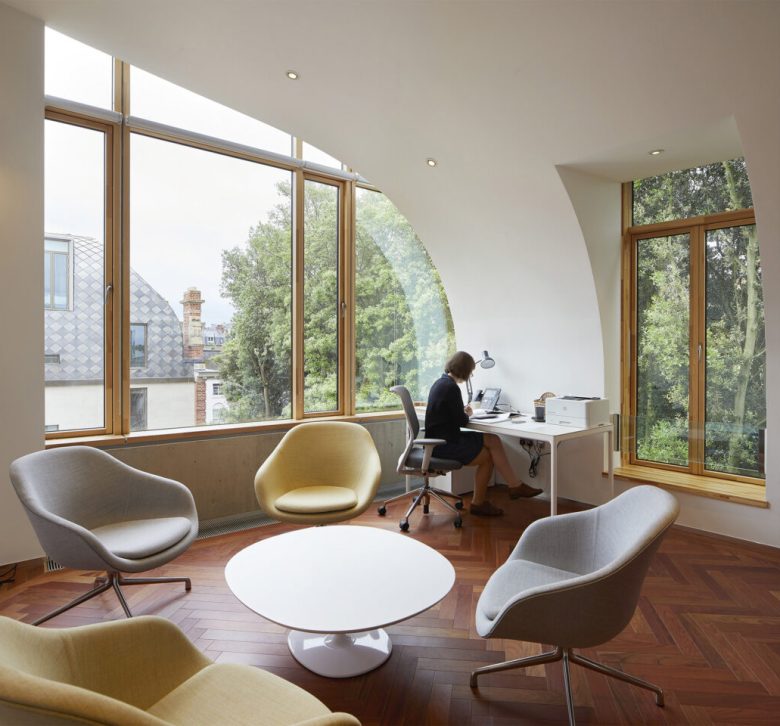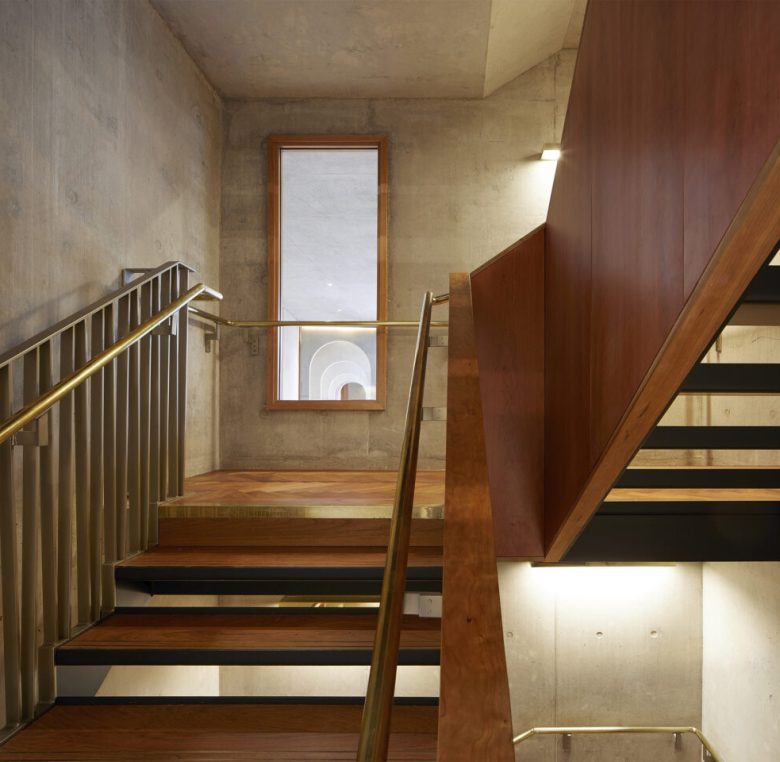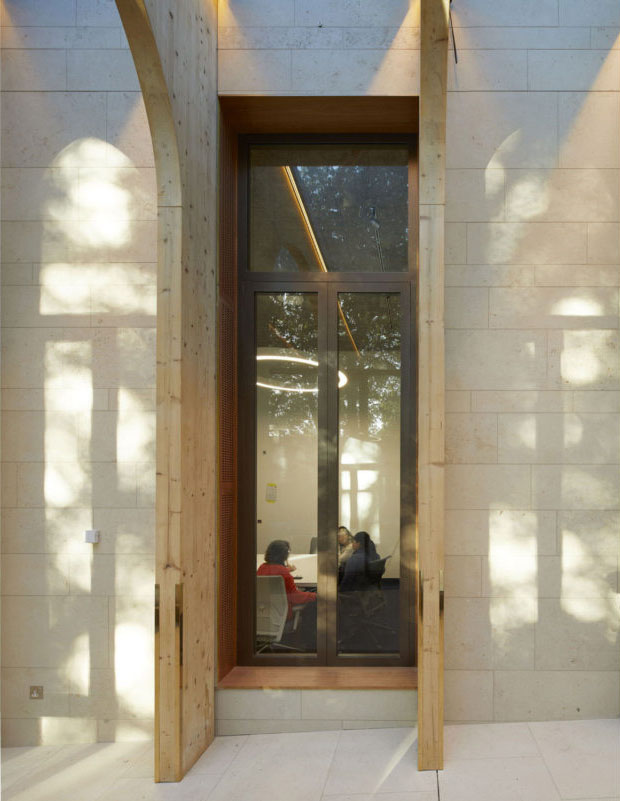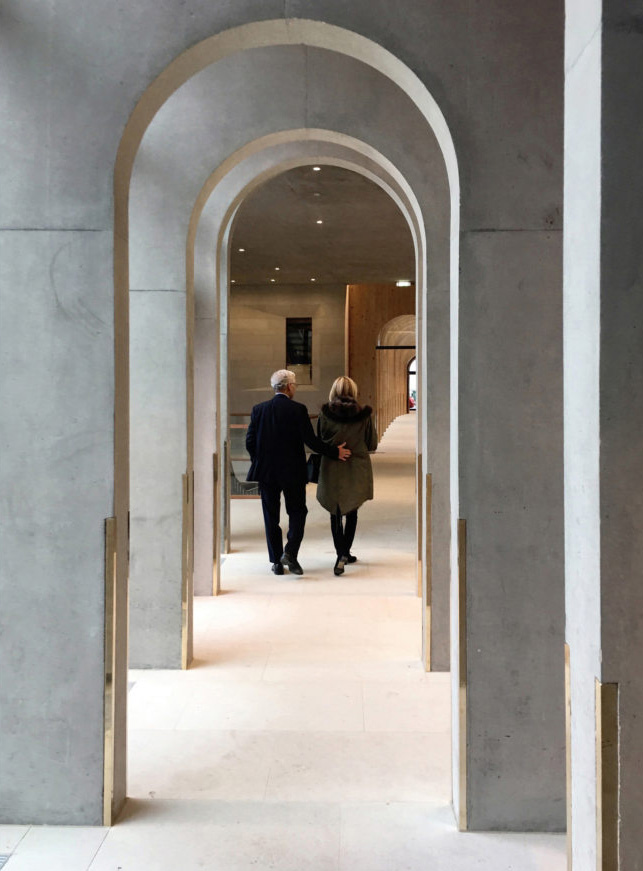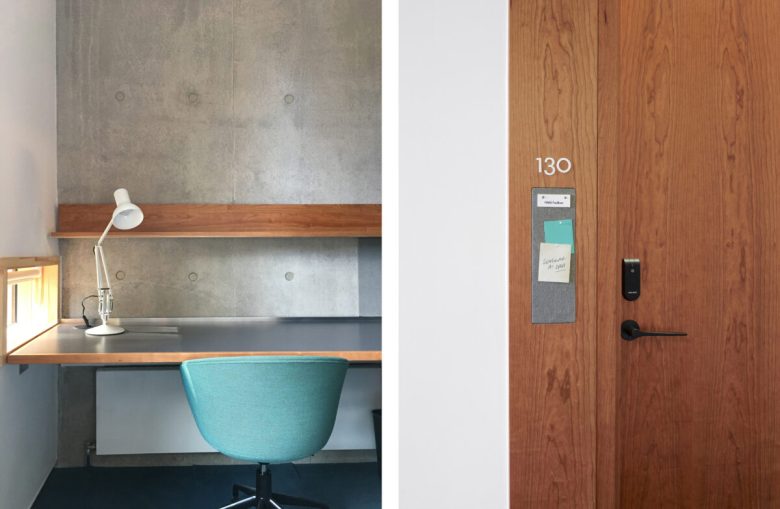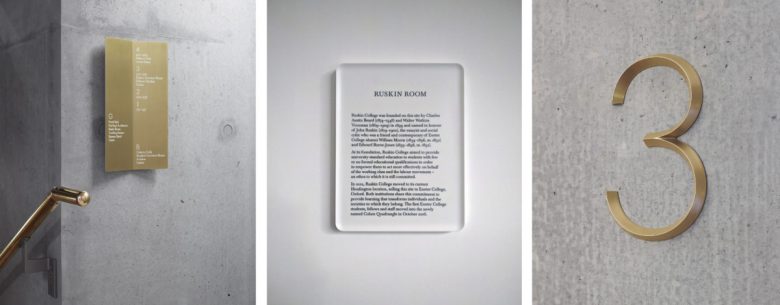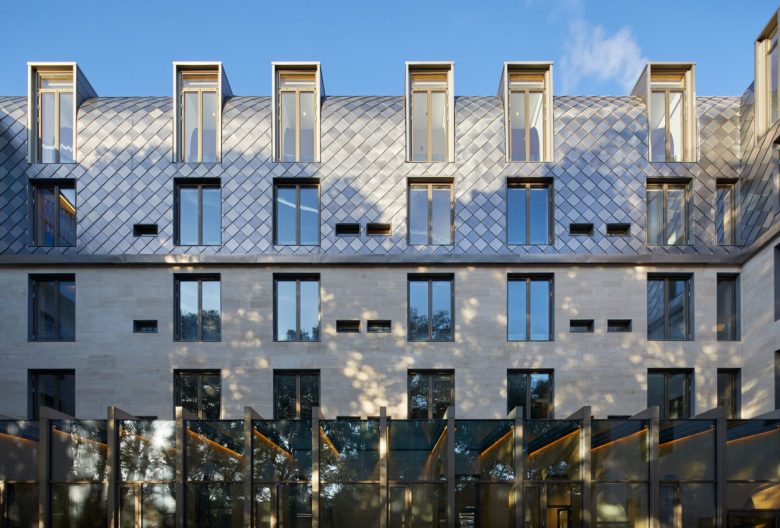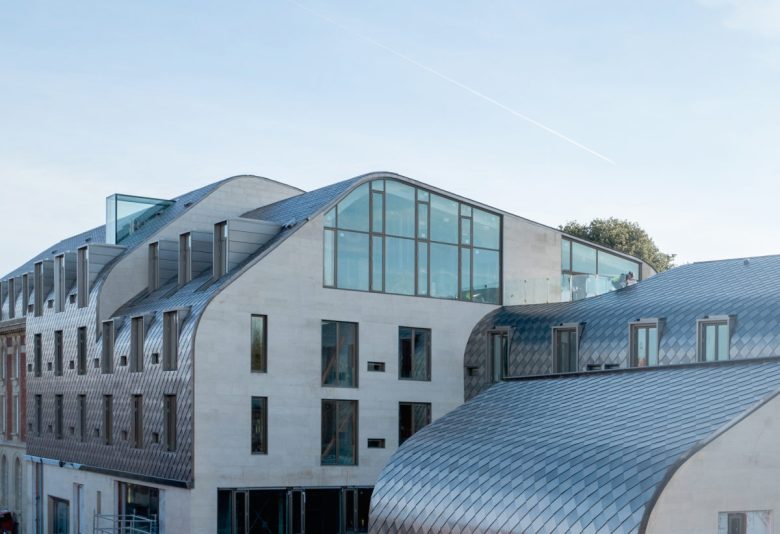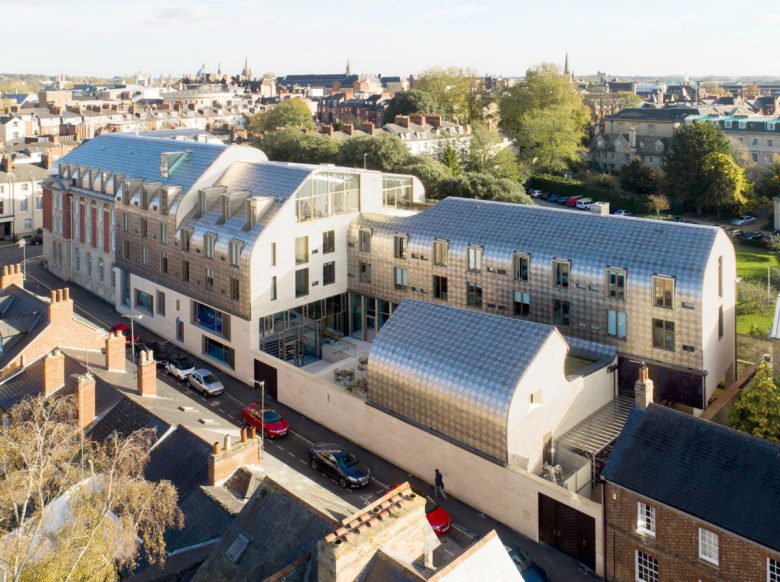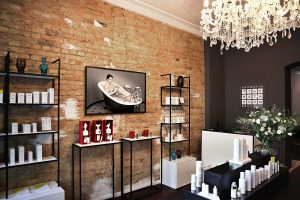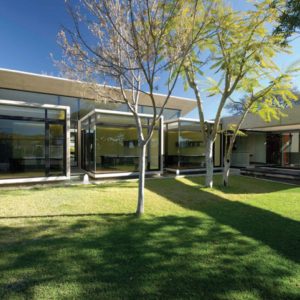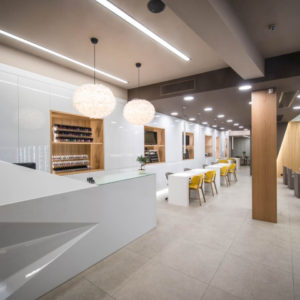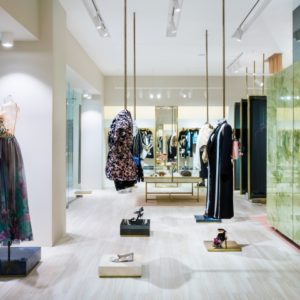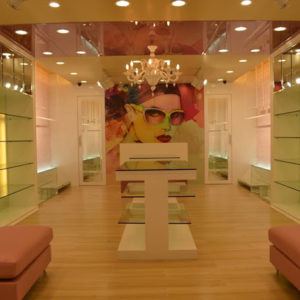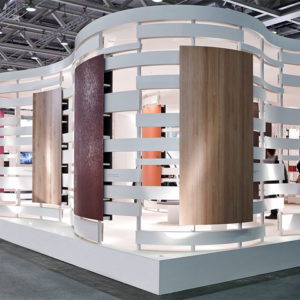
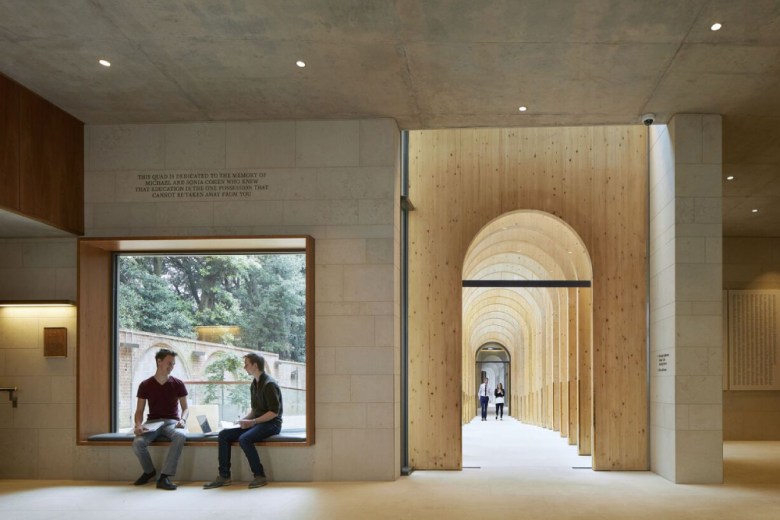
This project is a reinvention of the ‘Collegiate Quadrangle’: the academic, urban model that defines Oxford University and its ancient Colleges. Originating in the medieval monastery, Oxford’s Quads are both social and architectural structures, where a scholarly community lives and studies together. Typically, a College Quad is made up of conjoined buildings and cellular spaces accessed from internal courtyards; a walled compound. Our project interprets and transforms this tradition. The Cohen Quad is not only sensitive to its historic Oxford context and outward-looking but introduces informal social learning spaces and a new architectonic language to the city’s Collegiate tradition. This 6000sm commission was won through an international competition in 2011 and marks Oxford’s first academic and residential Quadrangle authored by a female architect.
Three key concepts underpin the Cohen Quad’s architecture: the journey, places of gathering, and the idea of home. The journey, or architectural promenade, is realised in the Quad’s elongated, ‘S’ shaped plan form. This parti generates two very different courtyards: one south-facing, holding an amphitheatre, and the other north-facing to address Jericho, the adjacent 19th Century artisan neighbourhood. Two cloisters are the building’s primary public circulation route. These run alongside the two courtyards and provide glimpses into adjacent teaching spaces. Wide staircases lead upward to four floors of student rooms, a roof terrace and at the summit, a panoramic dormer window seat. Gathering is embodied in the variety and generosity of the Quad’s many convening spaces. Every space in the building is conceived to encourage planned or chance encounters; from widened corridors, to transparent seminar rooms, to light-filled Learning Commons, to a multi-purpose Auditorium, family kitchens, café and common rooms. Home is embodied in the Quad’s sectional strategy: Like a house, the building’s lower two levels hold its ‘public’ spaces, with its more private, 90 student study bedrooms occupy its upper stories. Warm natural materials, built-in furniture, safely transparent study spaces offer the freedom to ‘find one’s place’. Community identity, shelter and home are visibly expressed the Quad’s curved, iridescent roof, that gradually steps down to meet the scale of its domestic neighbours.
A requirement of the project was to retain three facades of an Edwardian Baroque college that previously occupied the site. This historic artifact contributes to the narrative of the new Quad. The formed college’s arched portal acts as threshold between the 19th century and 21st. The South Cloister extends this arched vocabulary as 18 glulam fins, with arches that describe an ellipsoidal geometry. Between each fin exterior walls and roof are fully glazed, capturing changing light. The Cloister leads to seminar rooms, administrative offices, and the Quad’s heart, the multi-level Learning Commons. This is Oxford University’s first dedicated social learning space. Conceived as a kind of landscape offering places of seclusion or openness, the Learning Commons’ informality and spatial permeability has created a place of connection and belonging for the entire College community,
Beyond the Learning Commons, the North, concrete Cloister leads to further seminar rooms, a music practice room and the Auditorium Foyer. Echoing the pavilion-like chapel in Exeter College’s historic campus, the Auditorium is a multi-purpose, acoustically tempered space with a sprung floor. It hosts concerts, events, lectures for up to 100 people, and dinners. To create a column-free space, glulam beams are suspended from wishbone columns, peeling upward as a wave-form roof to meet the columns. A clerestory window between these surfaces wash the Auditorium interior with morning light.
The lowest building level holds the Learning Commons Café, Kitchen, JCR and support spaces along with the College’s Special Collections Archive. The Archivist Office and Research Room for visiting scholars is illuminated by a circular walk-on rooflight and a ‘vitrine’ window. The top four floors of Cohen Quad host 90 bed-and-study rooms with shared family kitchens. Lofty spaces under the Quad’s curved roof at 3rd floor level hold four research and teaching offices and Senior Common Room leading to a roof terrace ‘carved out’ from the roof. Apartments for Junior Dean and visiting scholars occupy similarly curved top floor lofts.
The Cohen Quad’s materials Oxford’s architectural history, in particular durability and sustainability. Designed for a minimum 200-year lifespan, exterior facades are Bath limestone, interior floors and walls are Jura Limestone. Exposed in-situ concrete ceilings and walls provide thermal mass. This simple palette acts as a canvas for joinery made from American Black Cherry wood, glulam timber structures and brass ironmongery. Operational carbon is minimised using natural ventilation, air source heat pumps and solar thermal hot water.
The Quad’s distinctive curved roof, clad in stainless steel Rimex shingles, celebrates metal craftsmanship and through this, the spirit of the 19th century Arts and Crafts movement led by William Morris, a graduate of Exeter College. Its checkerboard patterning references the leaded spire of Exeter College’s neo-Gothic Chapel. Gracefully folding across the building’s volumes, like the tailoring of cloth to a body, the roof’s undulating geometry and luminous surface is a direct contrast to the pointed, ecclesiastical architecture of Oxford’s historic Quads. A unifying device between old and new contexts, teaching and residential spaces, roof and wall, the Quad’s curved and patterned canopy signals both welcome and a dynamic new identity for a collegiate community.
Designed by Alison Brooks Architects
Photography by Paul Riddle, Hufton & Crow, ABA
